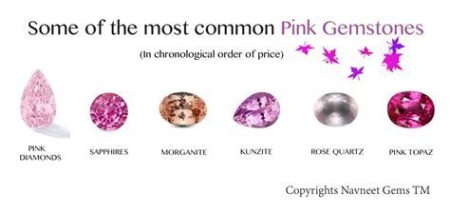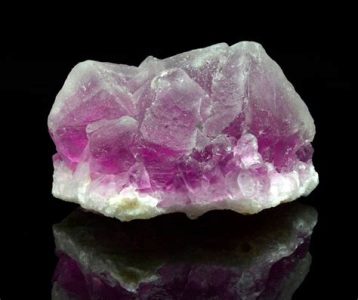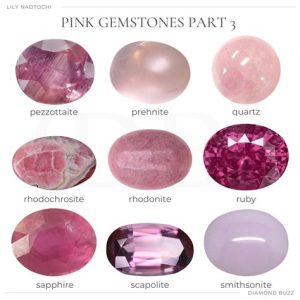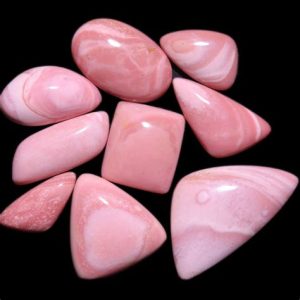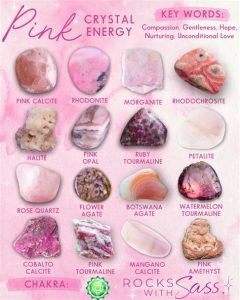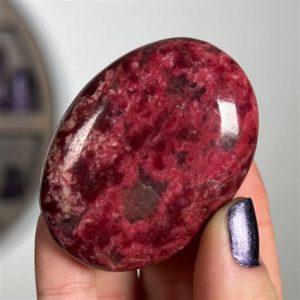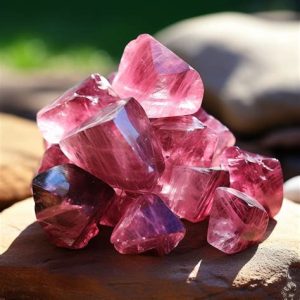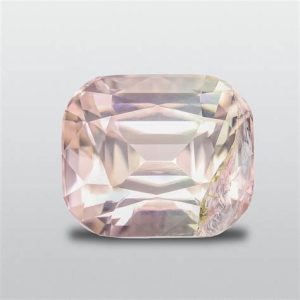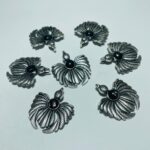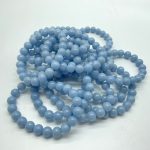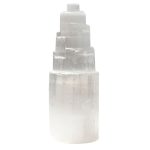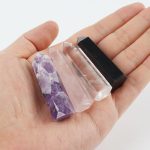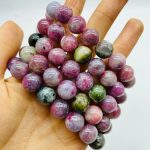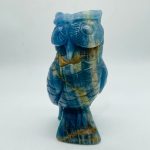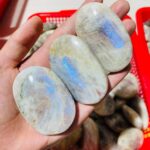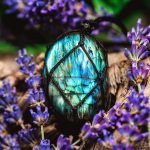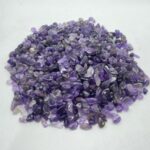Introduction: Unlock the Beauty of Blue Flower Agate
Blue flower agate is a captivating gemstone known for its vibrant blue hues and intricate patterns resembling blooming flowers. With its unique appearance and purported healing properties, this stone has gained immense popularity in the world of jewelry and spirituality. This comprehensive guide delves into the fascinating world of blue flower agate, exploring its origins, properties, uses, and significance.

Origins and Composition: A Geological Masterpiece
Blue flower agate is a type of chalcedony, a microcrystalline form of quartz. It is primarily composed of silicon dioxide (SiO2) and often contains inclusions of other minerals, such as iron oxides and manganese oxides. These inclusions create the distinctive blue and white patterns that give the stone its characteristic appearance. Blue flower agate is typically found in volcanic or sedimentary environments, often in association with other types of agate and quartz.
Physical Properties: Exploring the Stone’s Characteristics
The physical properties of blue flower agate contribute to its distinctive appearance and durability. It has a hardness of 6.5 to 7 on the Mohs scale, making it reasonably resistant to scratches and wear. Blue flower agate is also translucent to opaque, allowing light to pass through to varying degrees depending on its thickness and clarity. The specific gravity of blue flower agate ranges from 2.58 to 2.64, indicating its relatively low density compared to other materials.
Metaphysical Properties: Unveiling the Stone’s Spiritual Significance
Blue flower agate is believed to possess numerous metaphysical properties, making it a popular choice for spiritual practices and meditation. It is said to promote emotional balance, inner peace, and communication. Additionally, it is associated with the throat chakra, believed to be the center of communication and self-expression. Some practitioners believe that blue flower agate can enhance creativity, reduce stress, and alleviate anxiety.
Uses and Applications: Embracing the Versatility of Blue Flower Agate
Blue flower agate finds application in a wide array of settings, from jewelry and fashion to healing and spiritual practices. Its vibrant colors and unique patterns make it a popular choice for jewelry designers, who incorporate it into pendants, earrings, bracelets, and rings. Blue flower agate is also used in decorative items, such as vases, sculptures, and gemstones for clocks. Additionally, its metaphysical properties have led to its use in meditation, energy healing, and other spiritual practices.
Healing Benefits: Exploring the Potential Therapeutic Effects
Blue flower agate is believed to possess several potential healing benefits. It is said to promote physical and emotional well-being, reduce stress, and alleviate anxiety. Some practitioners believe that it can strengthen the immune system, improve circulation, and aid in detoxification. While scientific evidence to support these claims is limited, anecdotal evidence suggests that many people find comfort and healing through the use of blue flower agate.
Comparison to Other Stones: Blue Flower Agate VS.
Comparing blue flower agate to other gemstones can provide insights into its unique characteristics and applications.
-
Blue Flower Agate VS. Sodalite: Both stones are blue and associated with communication and spiritual growth. However, blue flower agate is opaque, while sodalite is translucent to transparent. Sodalite is also more intense in color and often has white or gray veining.
-
Blue Flower Agate VS. Lapis Lazuli: Both stones are blue and highly valued for their spiritual significance. However, blue flower agate is more opaque and has a more muted blue color than lapis lazuli. Lapis lazuli is also more expensive and harder to obtain.
-
Blue Flower Agate VS. Amazonite: Both stones are blue and associated with healing and emotional balance. However, blue flower agate is more opaque and has a more intense blue color than amazonite. Amazonite is also more common and less expensive than blue flower agate.
Common Mistakes to Avoid: Ensuring Ethical and Sustainable Practices
-
Avoid Purchasing Untreated Stones: Ensure that the blue flower agate you purchase has not been artificially treated or dyed to enhance its color or clarity. Treated stones may have altered properties and may not possess the same metaphysical benefits as untreated stones.
-
Consider Sustainable Sourcing: Choose blue flower agate from reputable suppliers who practice sustainable mining and sourcing practices. This helps protect the environment and ensures that the stone is ethically obtained.
-
Beware of Imitations: Be aware of imitations or synthetic blue flower agate on the market. These stones may not have the same properties or value as genuine blue flower agate.
Why Blue Flower Agate Matters: Uncovering Its Significance
Blue flower agate holds significance for a variety of reasons.
-
Aesthetic Appeal: Its captivating blue hues and intricate patterns make it a visually stunning stone that enhances any jewelry or decorative piece.
-
Metaphysical Properties: Blue flower agate is believed to possess numerous metaphysical properties, making it a valuable tool for spiritual practices and energy healing.
-
Cultural Significance: Blue flower agate has been used for centuries in various cultures for its perceived healing and protective properties.
-
Rarity and Value: Blue flower agate is a relatively rare gemstone, making it more valuable than some other types of agate.
Case Detail: A Journey of Personal Transformation
“Sarah had always struggled with anxiety and self-doubt. After purchasing a blue flower agate bracelet, she noticed a gradual shift in her emotions. She felt calmer, more confident, and better able to express herself. Sarah attributed this transformation to the soothing and supportive energy of the blue flower agate.”
Current Status and Future Prospects
The demand for blue flower agate has been steadily increasing in recent years due to its unique appearance and perceived healing properties. This has led to an increase in mining and production, particularly in Madagascar, Indonesia, and Brazil. As with any natural resource, it is important to ensure that mining and sourcing practices are sustainable to protect the environment and preserve the availability of blue flower agate for future generations.
Conclusion: Embracing the Beauty and Significance of Blue Flower Agate
Blue flower agate is a captivating gemstone that has captivated people for centuries. Its vibrant colors, intricate patterns, and purported healing properties make it a popular choice for jewelry, decorative items, and spiritual practices. By understanding its origins, properties, and significance, we can appreciate the beauty and value of this remarkable stone. As we continue to explore the potential applications of blue flower agate, it is important to prioritize ethical and sustainable practices to ensure its availability for generations to come.

